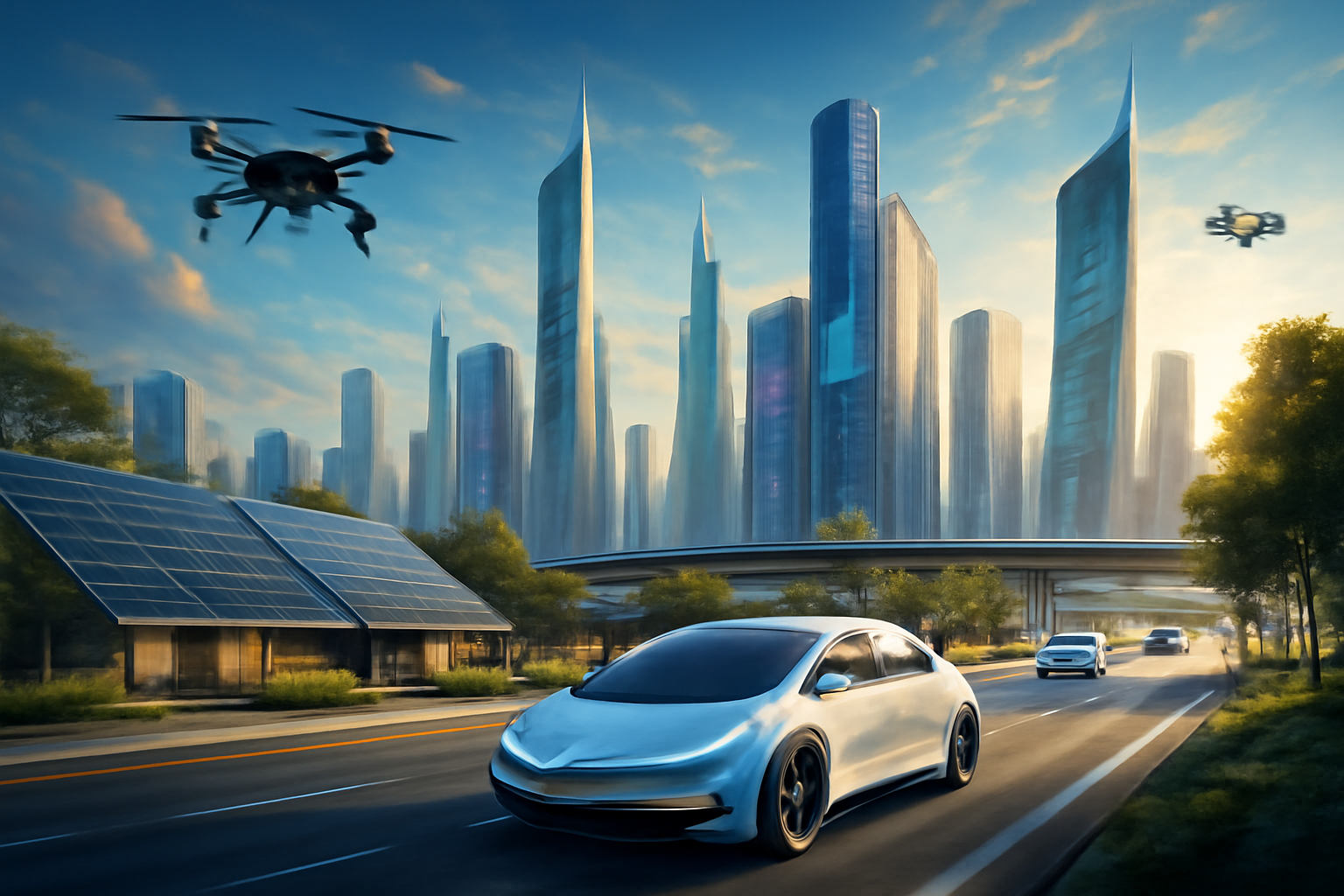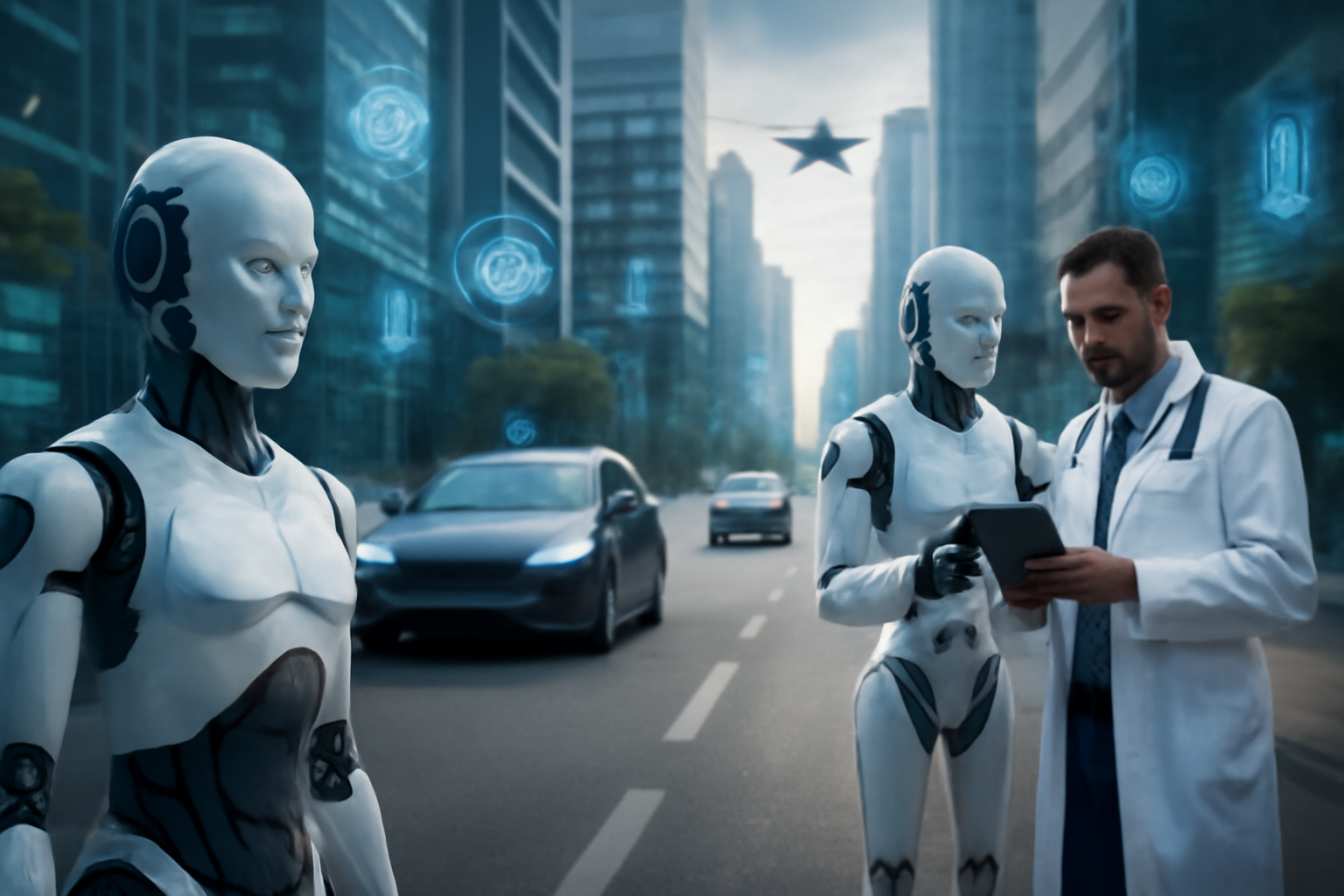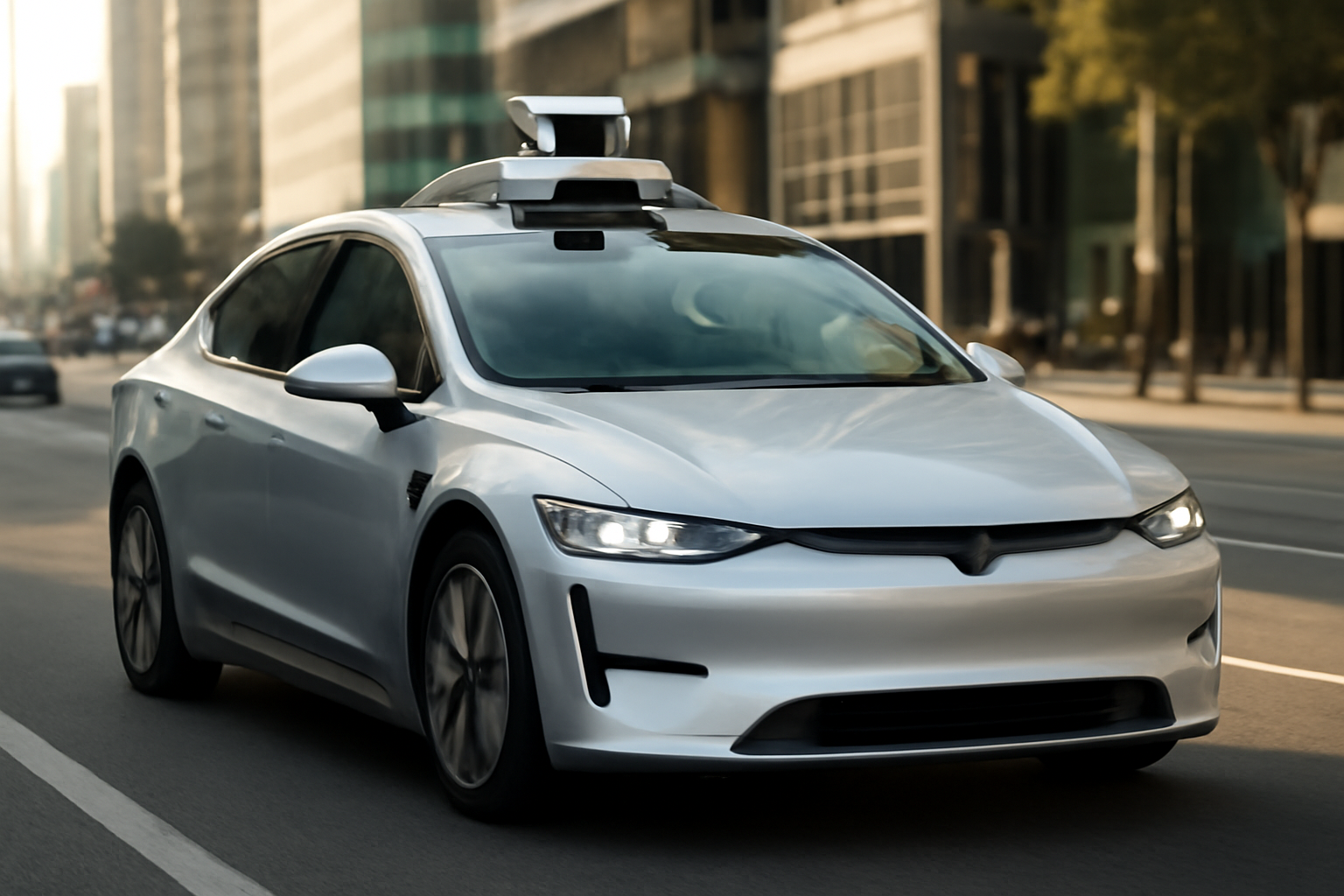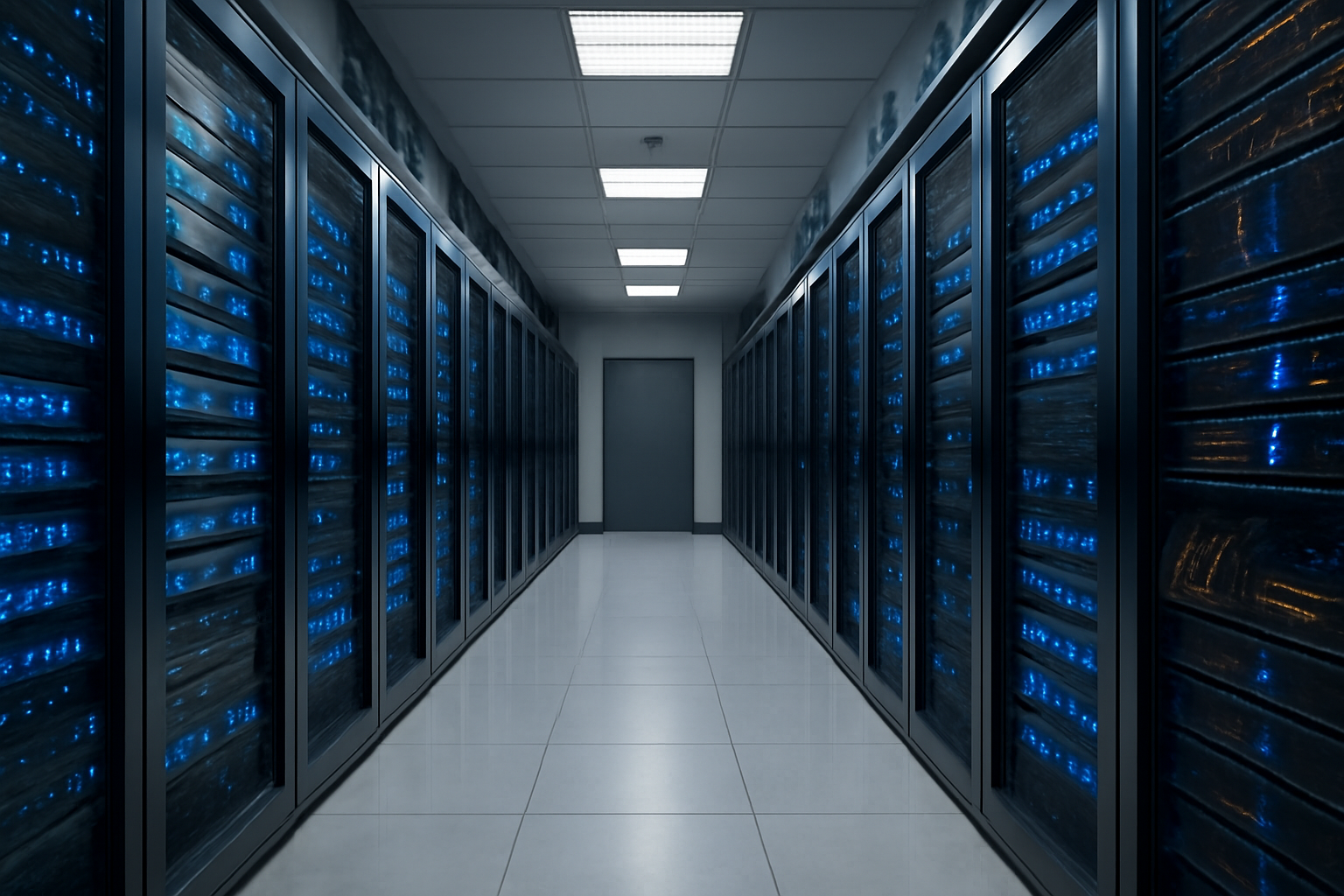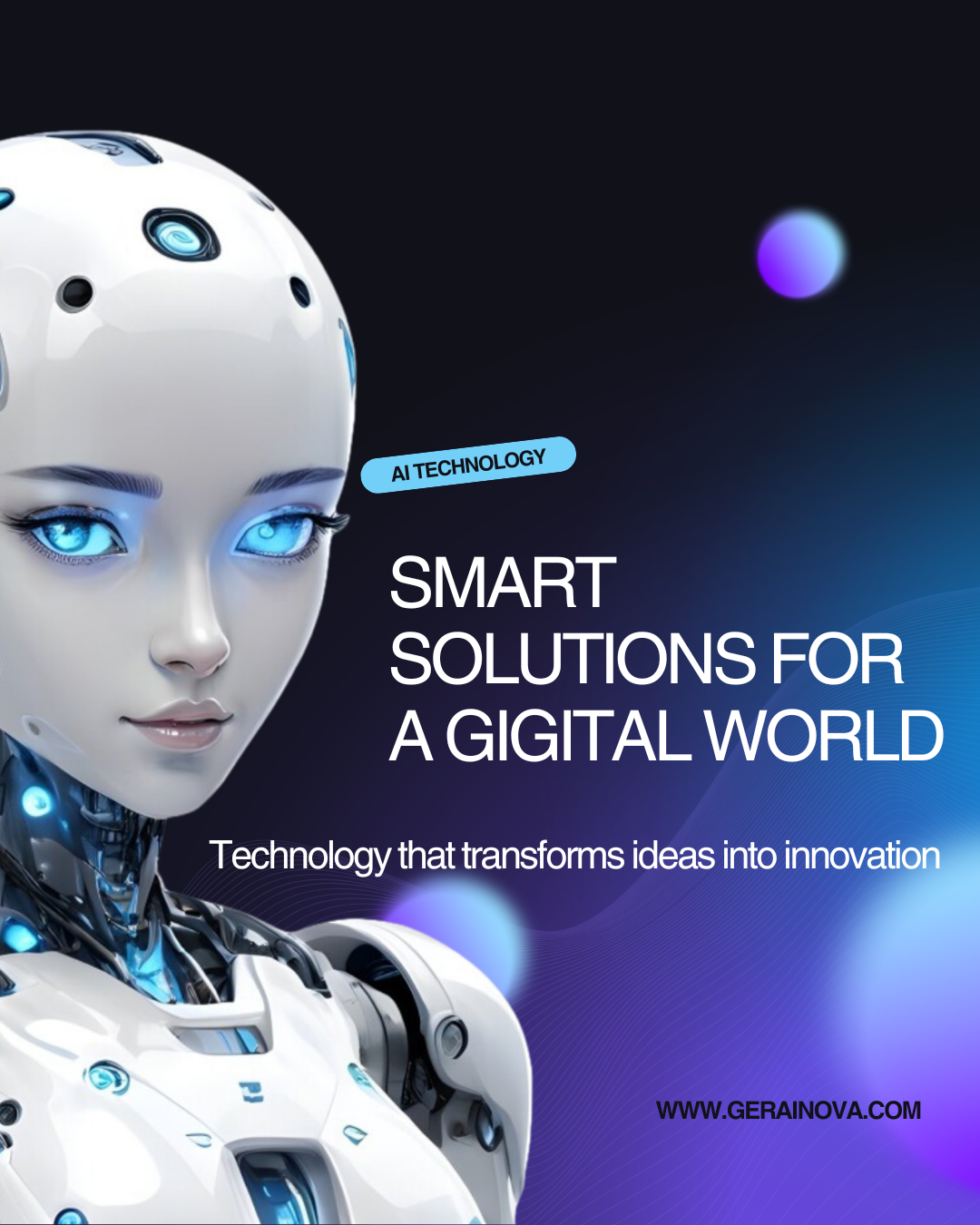As we progress further into the 21st century, technology continues to evolve at a staggering pace, altering the way we live, work, and interact. From artificial intelligence to quantum computing, these innovations are not just shaping our present; they are actively paving the way for the future. In this article, we’ll explore 10 transformative technologies that are destined to have a profound impact on humanity in the coming decades.
1. Artificial Intelligence (AI) and Machine Learning
The Rise of AI and Its Potential
Artificial Intelligence (AI) refers to machines or systems designed to mimic human intelligence. Machine Learning (ML), a subset of AI, allows systems to learn and improve from experience without explicit programming. AI and ML have already made a significant impact in fields such as healthcare, finance, and transportation.
AI in healthcare enables quicker diagnoses, personalized treatments, and drug discovery. In finance, AI algorithms are revolutionizing trading, risk assessment, and customer service. With the rise of autonomous vehicles, AI is set to transform how we commute and move goods.
The Future of AI will involve smarter algorithms that can handle even more complex tasks, leading to greater efficiency and automation. However, this will also raise concerns about job displacement and the ethical implications of AI systems making decisions without human intervention.
As AI develops, it will also become more integrated with other technologies. In particular, the synergy between AI and IoT (Internet of Things) will allow for even smarter automation and real-time data analysis, creating smarter cities, homes, and workplaces.
2. Quantum Computing
Unlocking Unimaginable Processing Power
Quantum computing is a cutting-edge technology that harnesses the principles of quantum mechanics to process information in ways classical computers cannot. Unlike traditional computers, which use bits to represent either 0 or 1, quantum computers use qubits, which can represent both 0 and 1 simultaneously.
This has the potential to revolutionize industries like cryptography, drug discovery, and climate modeling. For instance, quantum computers could break existing encryption systems, rendering current security protocols obsolete. In healthcare, quantum computing could drastically reduce the time required to analyze complex biological data, speeding up drug discovery and medical research.
While practical, large-scale quantum computers are still in development, they represent the next frontier in computing and have the potential to unlock solutions to problems that are currently intractable for classical computers. The future of quantum computing is limitless, offering advancements in machine learning and AI, optimization problems, and potentially solving issues in cryptography that have eluded traditional computing systems for years.
3. Blockchain Technology
Beyond Cryptocurrencies
Blockchain technology is best known for being the backbone of cryptocurrencies like Bitcoin and Ethereum. However, its potential extends far beyond digital currencies. Blockchain is a distributed ledger system where data is stored across a network of computers in a way that is secure, transparent, and immutable.
In finance, blockchain is streamlining processes by reducing fraud, speeding up transactions, and providing an immutable audit trail. In supply chain management, blockchain can track products from creation to delivery, increasing transparency and reducing counterfeiting.
As we continue to move towards a more digital economy, blockchain’s applications will expand into areas such as smart contracts, voting systems, and even intellectual property management. Blockchain’s ability to ensure trust, transparency, and efficiency in various sectors will continue to be a driving force behind its adoption, reshaping how we interact with data and digital transactions in the future.
Additionally, central bank digital currencies (CBDCs) are beginning to be explored by governments around the world. These digital currencies, underpinned by blockchain technology, could revolutionize how governments manage and distribute money, creating a more transparent and efficient global financial system.
4. 5G Connectivity
The Future of Faster, More Reliable Communication
5G technology promises to bring faster internet speeds, lower latency, and more reliable connections to the world. The global rollout of 5G networks will enable faster communication between devices and greater connectivity, facilitating innovations in various sectors, such as healthcare, transportation, and entertainment.
In smart cities, 5G can support the massive amount of data generated by IoT devices, enabling real-time monitoring of traffic, energy usage, and security. The IoT ecosystem will flourish, allowing for smarter homes, autonomous vehicles, and efficient public services.
Furthermore, augmented reality (AR) and virtual reality (VR) will benefit immensely from 5G, enabling seamless and immersive experiences that were previously limited by slower network speeds. Telemedicine, for instance, will be able to deliver high-quality healthcare remotely, with doctors performing surgeries via robotic systems in real-time with minimal latency.
5. Biotechnology and Gene Editing (CRISPR)
Revolutionizing Medicine and Health
Biotechnology, particularly gene editing technologies like CRISPR, has the potential to revolutionize healthcare and agriculture. CRISPR allows scientists to edit genes with precision, enabling the development of new treatments for genetic diseases, cancer, and other conditions.
In the medical field, gene therapy is already being used to treat diseases like sickle cell anemia and certain types of inherited blindness. In agriculture, CRISPR can be used to create crops that are more resistant to pests, drought, and disease, helping to address food security concerns as the global population grows.
While the potential benefits are immense, the ethical implications of gene editing and the possibility of “designer babies” have sparked widespread debate about how far this technology should go. Gene editing promises to eliminate some of the most devastating genetic diseases, but it also brings challenges in terms of regulation, consent, and unintended consequences.
6. Autonomous Vehicles
The Road to Self-Driving Cars
Autonomous vehicles (AVs) are set to dramatically change the transportation landscape. These self-driving cars rely on a combination of sensors, cameras, AI, and machine learning to navigate roads and make decisions without human intervention.
The benefits of autonomous vehicles include reduced traffic accidents, increased efficiency, and the potential for more environmentally friendly transportation. AVs could also significantly reduce the need for parking space, transform urban planning, and even change the way people view car ownership.
As self-driving technology matures, we can expect to see a transition towards shared mobility and the widespread adoption of electric autonomous vehicles (EVs), which will further contribute to reducing carbon emissions. With machine learning algorithms constantly improving, the level of autonomy and safety in vehicles will only increase, potentially leading to widespread acceptance and adoption of autonomous systems.
7. Virtual Reality (VR) and Augmented Reality (AR)
Transforming Entertainment and Beyond
Virtual Reality (VR) and Augmented Reality (AR) have already begun to make waves in the entertainment industry. VR immerses users in entirely computer-generated environments, while AR overlays digital elements onto the real world.
In the gaming industry, VR has provided fully immersive experiences that allow players to engage with games like never before. AR, popularized by apps like Pokémon GO, is also finding applications in marketing, education, and even remote assistance.
The potential of VR and AR extends far beyond entertainment. In healthcare, VR is being used for pain management, therapy, and even surgical training. In education, AR can bring textbook content to life by providing interactive and engaging learning experiences. With 5G and AI technology, the applications of VR and AR will grow, making them more immersive and practical for everyday use.
8. Renewable Energy Technologies
Powering a Sustainable Future
As concerns about climate change and environmental degradation grow, renewable energy technologies are becoming a focal point of global efforts to create a sustainable future. Solar, wind, hydro, and geothermal energy are being integrated into power grids to reduce reliance on fossil fuels and lower carbon emissions.
Solar energy, in particular, has seen significant advancements in efficiency and storage, making it more affordable and accessible. Wind turbines are becoming more powerful, and battery storage technology is improving, allowing energy to be stored for use when demand is high or when the weather is less favorable for energy production.
These renewable technologies are not only reducing greenhouse gas emissions but also driving job creation and economic growth in green industries. As we see the continued development of these energy sources, the shift toward sustainable energy will play a pivotal role in combating climate change and securing a cleaner, healthier planet for future generations.
9. Advanced Robotics and Automation
Transforming Industries and Workplaces
The rise of advanced robotics and automation is revolutionizing industries such as manufacturing, logistics, and healthcare. Robots are increasingly used for repetitive and dangerous tasks, improving safety and efficiency.
In manufacturing, robots have already replaced many manual labor jobs, leading to faster production times and higher precision. Collaborative robots (cobots) are now being developed to work alongside human workers, making processes safer and more efficient.
In healthcare, robots are used for surgeries, patient care, and even in research settings. While automation promises to increase productivity, it also raises questions about the future of work and the need for reskilling and retraining the workforce. As industries continue to adopt robotic systems, the role of human workers may evolve, requiring new skill sets and opportunities for innovation.
10. Space Exploration and Colonization
Exploring the Final Frontier
Space exploration is advancing rapidly, thanks to new technologies developed by organizations like NASA, SpaceX, and Blue Origin. SpaceX’s reusable rockets and ambitious plans for Mars colonization are pushing the boundaries of what was once thought possible.
In addition to human exploration, space technologies are enabling new insights into the universe, leading to advancements in satellite communication, Earth observation, and space-based research. The potential for space tourism and the discovery of new resources beyond Earth could drive economic growth in the coming decades.
As humanity continues to explore space, technologies like AI and robotics will play a crucial role in supporting missions to distant planets and enabling long-term human habitation beyond Earth.
Conclusion: The Future Is Now
The technologies shaping the future of humanity are not just dreams; they are becoming a reality. From AI and quantum computing to autonomous vehicles and space exploration, these innovations are transforming every aspect of our lives. As we continue to embrace these advancements, it’s crucial to consider the ethical implications, ensure equitable access, and prepare for the challenges that come with these powerful technologies.
The future is bright, and the potential is limitless. By understanding and harnessing these technologies, we can create a better, more connected, and sustainable world for generations to come.

